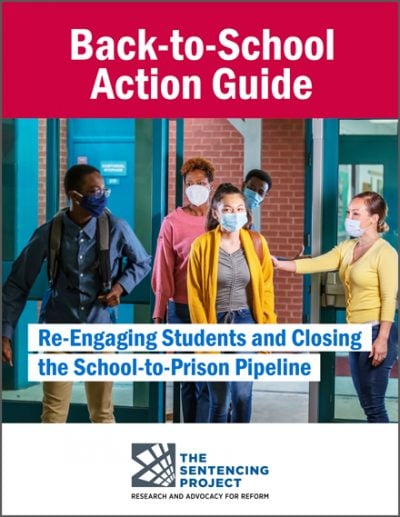Summary
As the 2021-22 school year kicks off, a new report — funded by the Annie E. Casey Foundation — shares strategies for re-engaging students while also closing the school-to-prison pipeline.
Unprecedented Disruption
For virtually all children — and especially for adolescents — the coronavirus pandemic interrupted important developmental milestones, as young people were cut off from their peer groups and missed significant life events. Many students were left facing an influx of new challenges and specific demographic groups — Black, Latino, those from low-income households, English language learners, and children with disabilities —struggled more than others.
Not surprisingly, schools across the country reported lower test scores and higher absentee rates than in years prior. Now, with a new academic year underway, these same schools are bracing for a significant uptick in behavioral issues and attendance problems.
Unprecedented Opportunity
The American Rescue Plan allocates $122 billion to public schools — the largest infusion of federal funding for elementary and secondary education in U.S. history. Schools across the nation have an opportunity to leverage these funds to help close the devastating school-to-prison pipeline. For such a shift to occur, school systems and their community partners must work together to minimize arrests, reduce the use of exclusionary discipline, enhance safety and foster student success.
A Way Forward
This report proposes a two-part reform strategy. Part one is an all-out effort to reengage students who have fallen behind or disengaged from school during the pandemic.
Part two is a push to permanently reduce longstanding racial and ethnic disparities and support vulnerable student populations — including youth with disabilities — by prioritizing opportunity over punishment.







